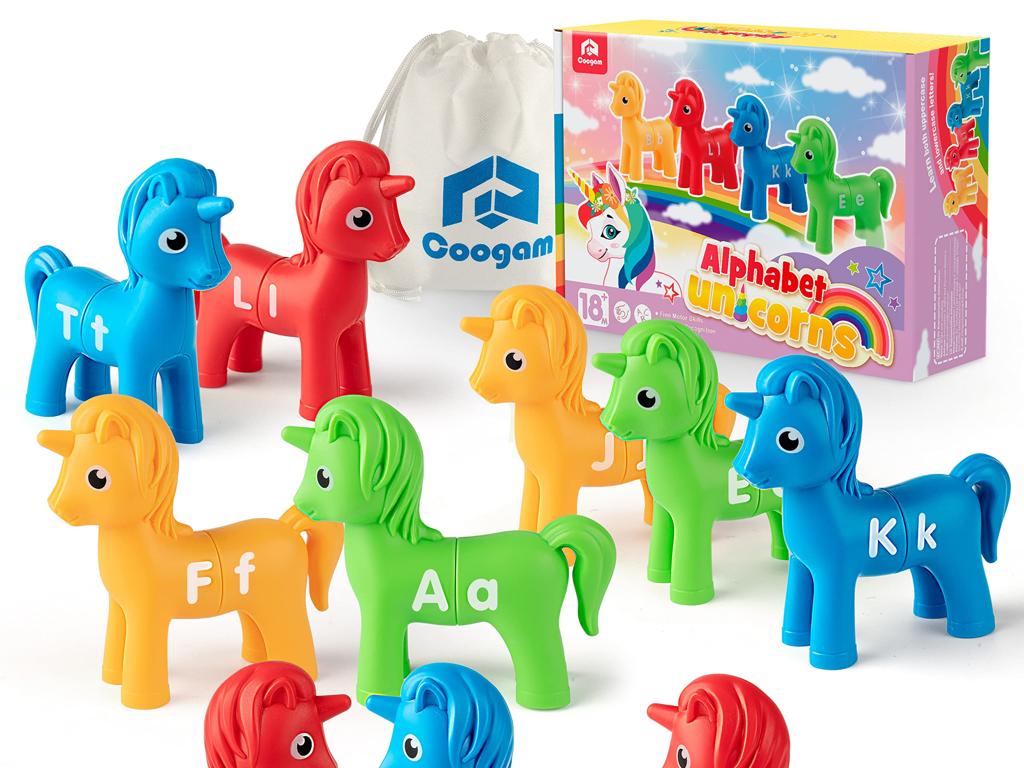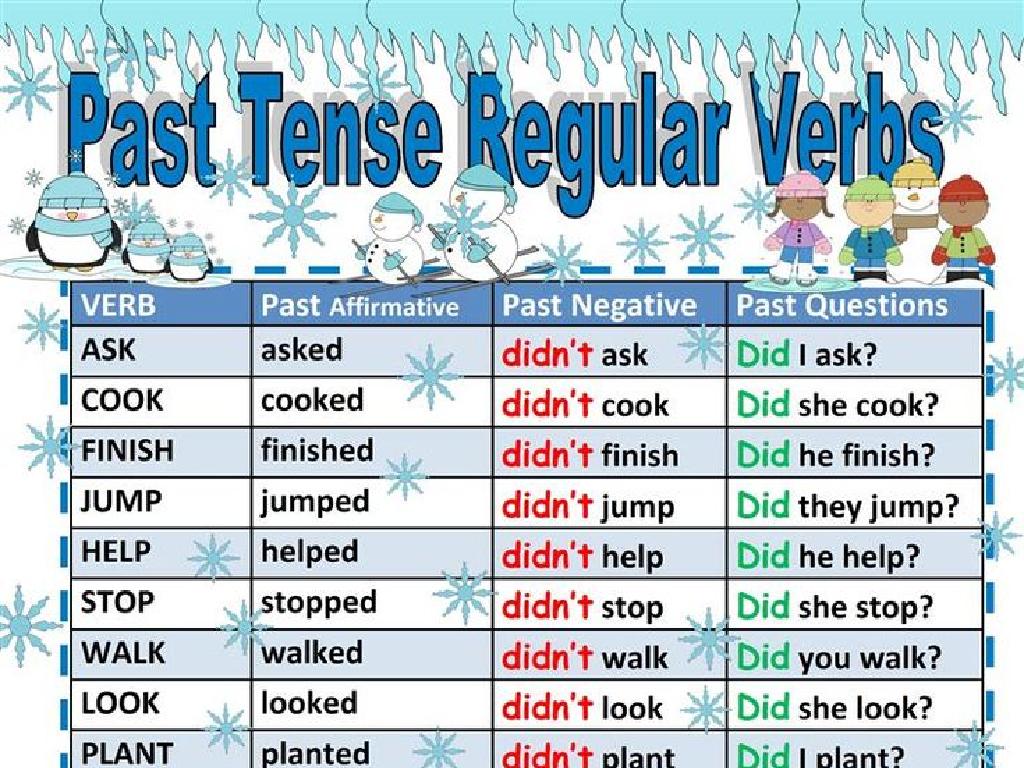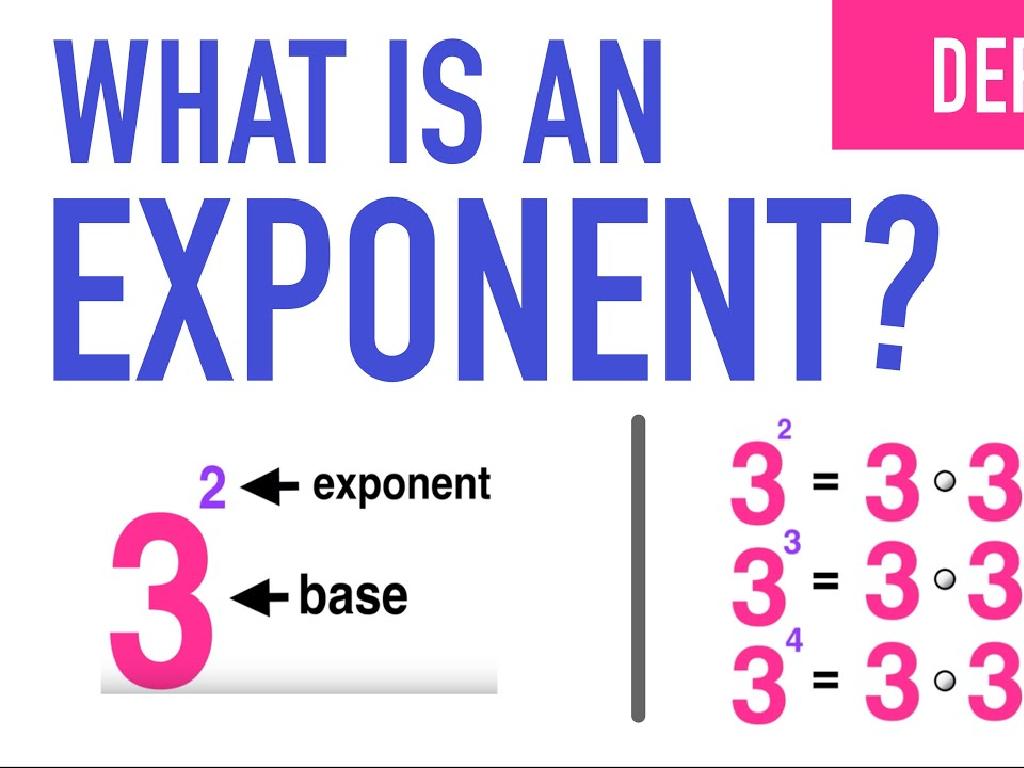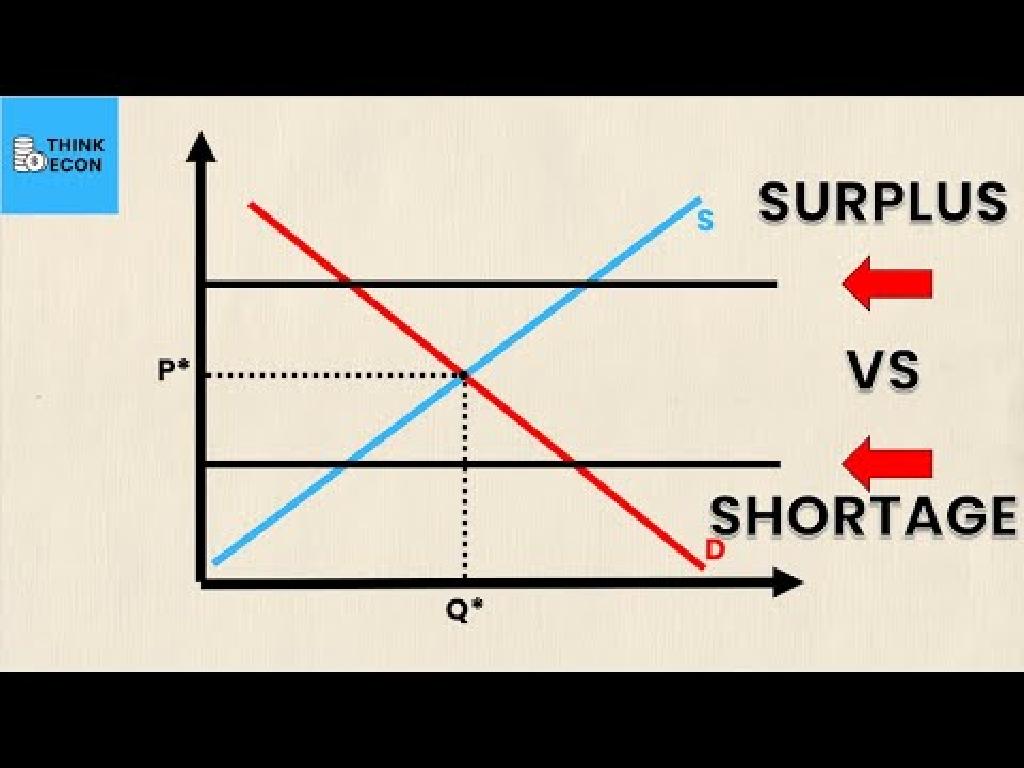Subtracting 5
Subject: Math
Grade: First grade
Topic: Subtraction Up To 20
Please LOG IN to download the presentation. Access is available to registered users only.
View More Content
Welcome to Subtraction!
– Greetings and subtraction intro
– Understanding ‘taking away’
– If you have 7 apples and eat 2, you take away 2 from 7.
– Subtraction shows what’s left
– After taking away, we count what remains.
– Practice with subtracting 5
– We’ll subtract 5 from numbers up to 20.
|
Begin the class with a warm welcome and introduce the concept of subtraction as ‘taking away’ numbers. Explain that subtraction helps us figure out the number of items left after some are taken away. Use tangible examples like apples or toys to illustrate this point. Then, focus on the specific skill of subtracting 5 from numbers up to 20. Use visual aids like fingers or counters to help students understand and practice the concept. Prepare a set of examples to work through as a class, and have additional practice problems ready for students to try independently.
Understanding Subtraction: Taking Away
– Subtraction means taking away
– It shows how many are left
– Imagine 5 apples, eat 1
– If you start with 5 and eat 1, you have 4 apples left
– How many apples left?
– Subtracting 1 from 5 gives us 4
|
This slide introduces the concept of subtraction to first graders by relating it to a simple and relatable activity – eating apples. Start by explaining that subtraction is the process of taking away one number from another. Use physical props like apples to demonstrate this concept if possible. Show that when we subtract, we are finding out the number of items we have left after taking some away. For example, if we have 5 apples and we eat 1, we can count how many apples we have left to find the answer. Encourage the students to use their fingers to subtract 1 from 5, reinforcing the concept that subtraction tells us how many are left.
Subtracting 5: Learning to Take Away
– Practice subtracting 5 from numbers
– Example: 10 blocks minus 5
– If you start with 10 and take away 5, you have 5 blocks left.
– Use fingers for subtraction
– Count down 5 fingers from 10 to help subtract.
– Understand subtraction concept
|
This slide is aimed at helping first graders understand the concept of subtraction by taking away 5 from different numbers. Start by explaining that subtraction means taking away. Show them how to use physical objects like blocks to visualize the process. For example, if they have 10 blocks and they take away 5, they can count the remaining blocks to find the answer. Additionally, teach them to use their fingers to subtract 5 from a number, which is a practical way for them to visualize subtraction. Encourage them to practice with different numbers up to 20 to solidify their understanding. The goal is for students to become comfortable with the concept of ‘taking away’ and to recognize patterns when subtracting 5.
Let’s Try Together: Subtracting 5 with a Number Line
– Use a number line for subtraction
– Example: Subtract 5 from 8
– Starting at 8, count back 5 steps
– Jump back 5 spaces from 8
– Each step back is minus one
– Discover where we land
– We land on 3, so 8 – 5 = 3
|
This slide is an interactive class activity designed to teach first graders how to subtract 5 using a number line. Start by explaining that a number line is a tool that helps us see the subtraction. Show them how to find the number 8 on the number line and then how to take 5 steps back to find the answer. Encourage the students to count aloud as you move back each step. After revealing that landing on 3 is the answer to 8 – 5, ask the students to try a few more examples on their own or in pairs. Possible activities include using physical number lines on the floor, subtracting 5 from different numbers, or even creating their own number lines with paper and markers.
Subtracting 5 with Objects
– Use objects like crayons to subtract
– Start with 15 crayons, take away 5
– If you have 15 crayons and give 5 to a friend, how many do you have now?
– Count the crayons left over
– Visualize subtraction by removing objects
– Seeing the crayons taken away helps us understand subtraction
|
This slide is designed to teach first graders the concept of subtraction by using tangible objects such as crayons. By starting with a specific number of items and physically removing some, students can visually and practically understand what it means to subtract. The example provided uses 15 crayons, from which 5 are taken away, and students are encouraged to count the remaining crayons to find the answer. This hands-on approach helps solidify the abstract concept of subtraction into something concrete. For the class activity, provide each student with 15 crayons and guide them through the process of giving away 5 and then counting what’s left. This will reinforce the lesson and make learning subtraction more engaging and memorable.
Subtraction Practice: Taking Away 5
– Try solving subtraction problems
– Use fingers, objects, or a number line
– Counting down from a number using tools
– Let’s solve 7 – 5 together
– Example: Starting from 7, count back 5 steps
– Now solve 9 – 5 and 14 – 5
– Practice with these examples on your own
|
This slide is designed to engage students in practicing the concept of subtracting 5 from different numbers. Encourage the students to use their fingers, manipulative objects, or a number line as visual and tactile aids to help them understand the subtraction process. Start by solving 7 – 5 as a class, demonstrating how to count backward from 7 to get the answer. Then, ask the students to apply the same method to solve 9 – 5 and 14 – 5, either independently or in small groups. Provide guidance and support as needed, and ensure to praise their efforts to build confidence. This activity will reinforce their understanding of subtraction and develop their ability to perform simple calculations.
Subtraction Game Time!
– Play a game with dice
– Roll and subtract 5
– If you roll an 8, what’s 8 minus 5?
– Who has the answer?
– Let’s have fun learning!
|
This slide introduces a fun and interactive game to help first graders practice subtracting 5 from numbers up to 20. The game involves rolling a dice and quickly subtracting 5 from the number shown. It’s designed to encourage participation and quick thinking. Teachers should have a dice ready for the game, and possibly a small prize for the student who answers correctly first. It’s important to ensure that all students get a turn to roll the dice and answer. For students who may struggle, be ready to provide additional support or pair them with a buddy for help. This activity not only reinforces the concept of subtraction but also promotes a positive and engaging learning environment.
Class Activity: Subtracting 5
– Let’s start our subtraction worksheet
– Subtract 5 from different numbers
– If we have 10 apples and eat 5, how many are left?
– Work through each problem carefully
– We’ll review the answers together
|
This activity is designed to help first graders practice and reinforce their understanding of subtraction by subtracting the number 5 from various numbers up to 20. Distribute the worksheets to the class and guide them through the first few problems, ensuring they understand the concept. Encourage them to use their fingers or counters if they need a visual aid to help with the subtraction. Once everyone has completed the worksheet, go through the answers as a class, allowing students to correct their work and understand any mistakes. Offer praise for effort and correct answers to build confidence. Possible variations of the activity could include using physical objects to represent the problems, pairing students to work together, or creating a game where they ‘race’ to complete the problems.
Review and Goodbye!
– Recap: Subtracting 5 concepts
– We learned how to take away 5 from numbers up to 20.
– Interactive Q&A: Subtract 5 from 10
– Who can demonstrate 10 – 5 on the board for us?
– Praise for today’s effort
– Looking forward to next class
|
This slide is meant to wrap up the lesson on subtracting 5. Start by reviewing the key points of the lesson, ensuring that the students can articulate what they’ve learned about subtraction. Engage the class by asking for a volunteer to show how to subtract 5 from 10, reinforcing the day’s lesson. Offer praise to acknowledge the hard work and participation of the class, fostering a positive learning environment. Finally, express enthusiasm for the next class to keep the students excited about learning more. Remember to provide encouragement and support to all students, especially those who may need extra help.






